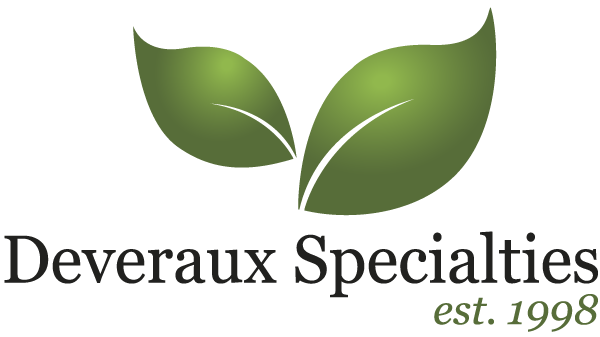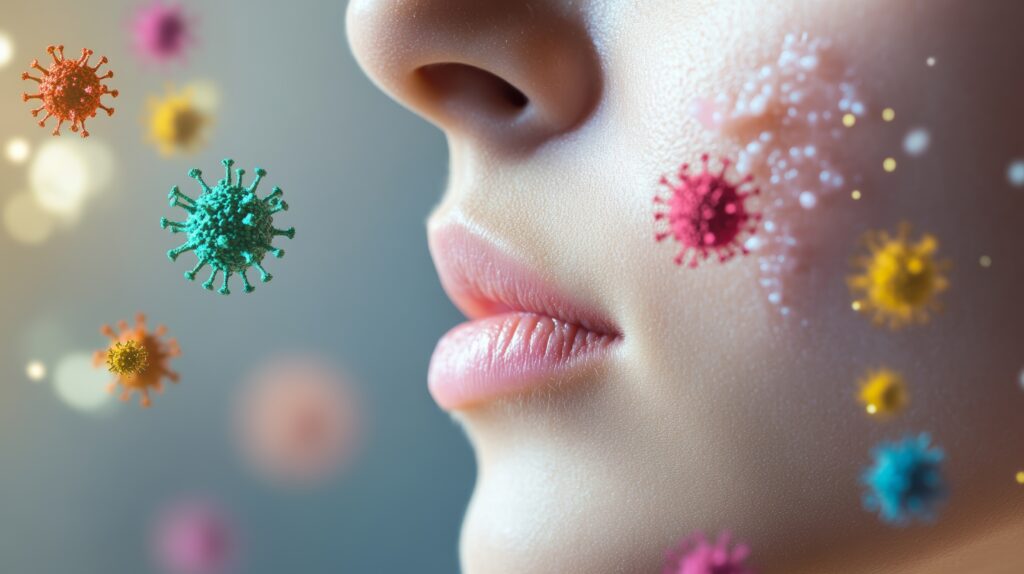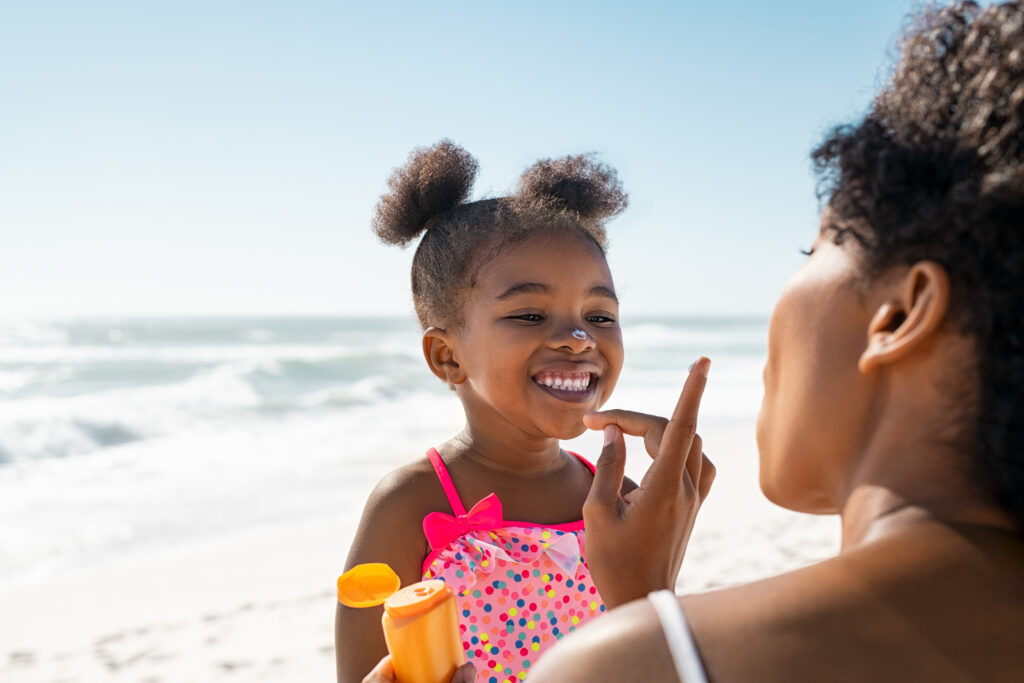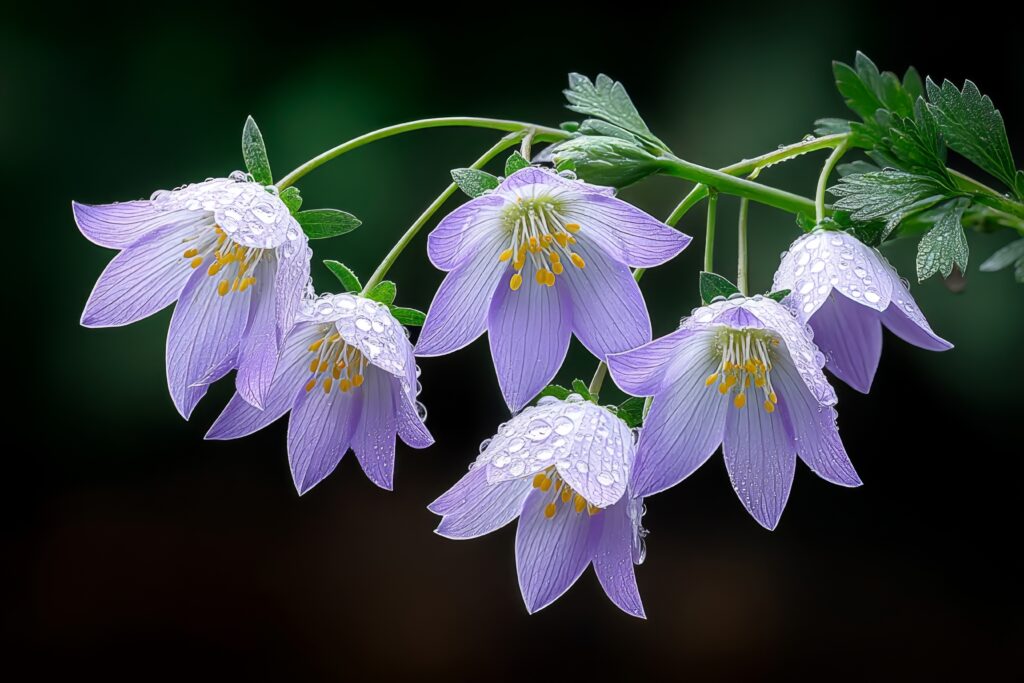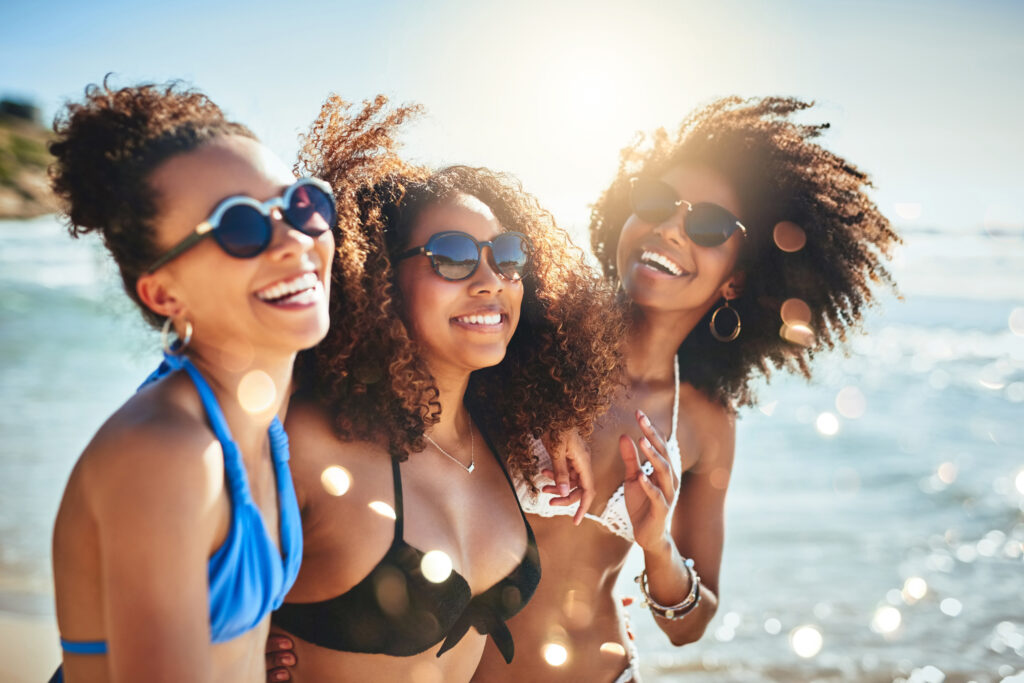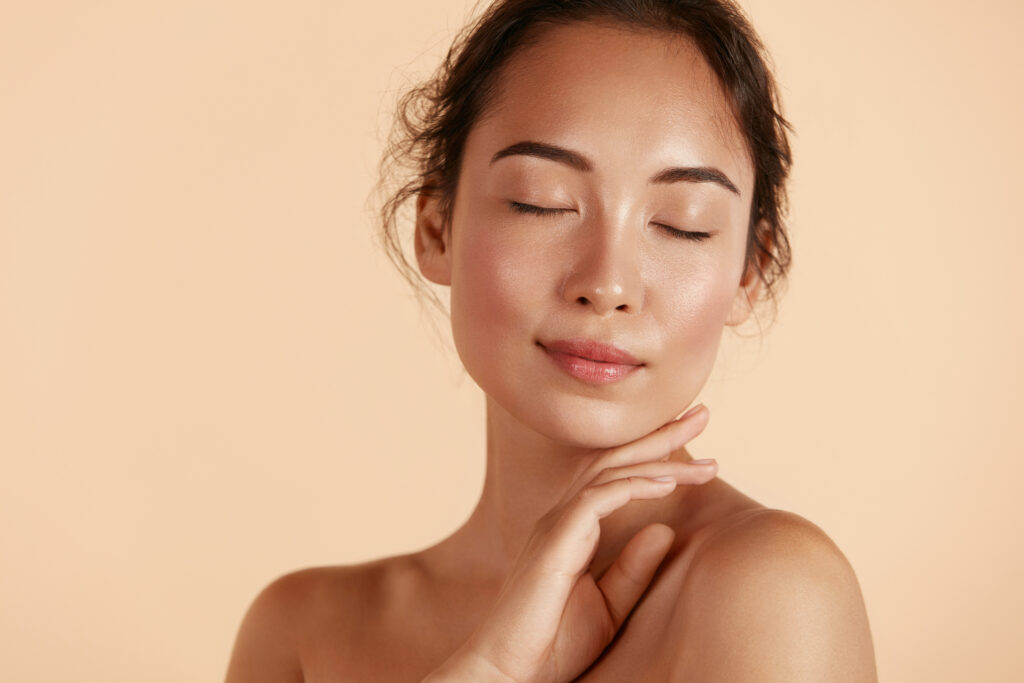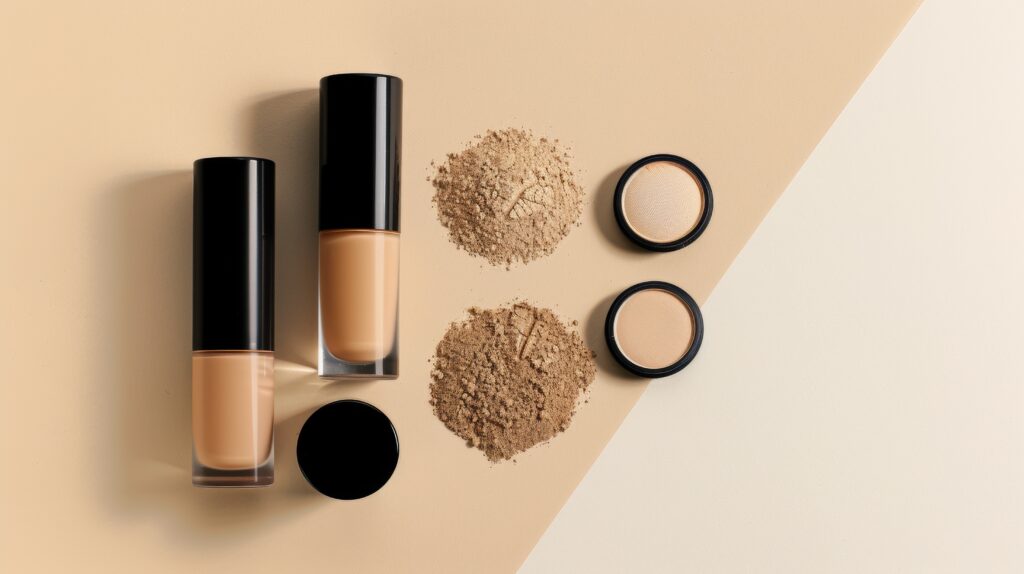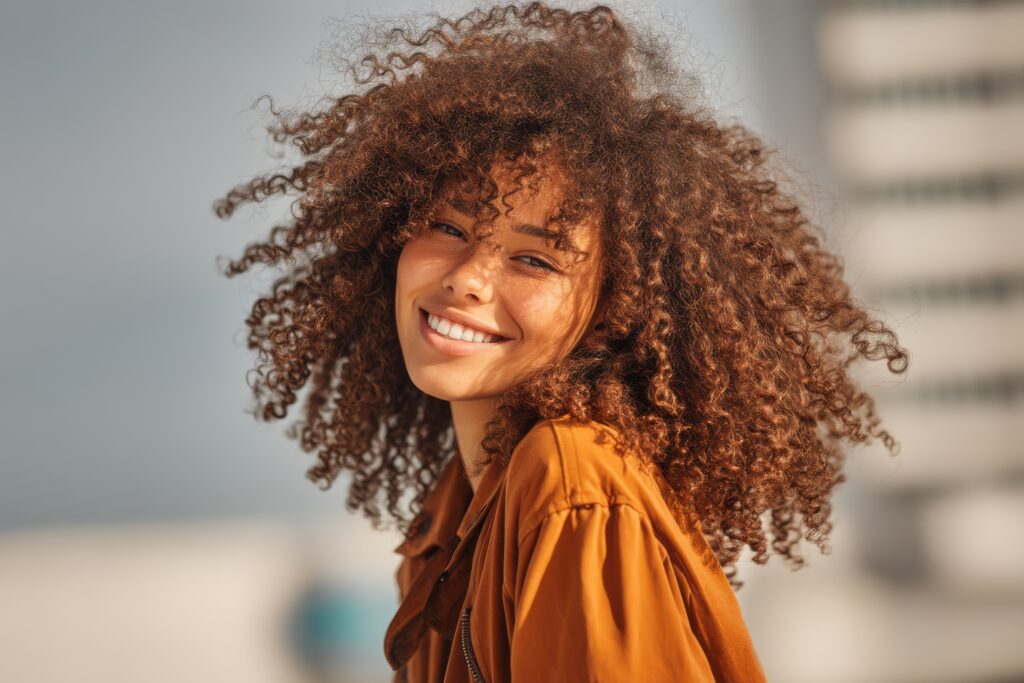Why “blue biotech” belongs on the bench
Cosmetic formulation today is a balancing act: deliver visible results at low doses, preserve elegant sensorials, maintain stability, and back sustainability claims with numbers rather than slogans. That workload becomes harder as textures get lighter and INCI lists get leaner. Marine biotechnology offers a practical answer. Microalgae—cultivated under controlled conditions—produce high-precision molecular families that map to endpoints formulators track every day: tone uniformity, comfort, resilience, and firmness. Literature across nutrition and dermal science has cataloged these effects and explains why modern cultivation enables consistent, scalable inputs suitable for contemporary bases. The key point is simple: when discovery and cultivation are engineered for control, you gain performance and predictability.
At Givaudan Active Beauty’s Blue Biotechnology Innovation Centre in Île-Grande, Brittany, that approach has been refined over 25 years, with hundreds of micro- and macroalgae screened to identify dermally relevant bioactivity. For formulators, that history matters because it tends to correlate with clean dose–response data, tighter lot-to-lot behavior, and dossiers that tie mechanism to instrumented clinical endpoints. This is where “sustainable by design” intersects the realities of the lab: consistent lots, life-cycle awareness, and reliable formulation behavior—without compromising results.
Stability, Sensory, Sustainability: The Three-Body Problem of Formulation
Efficacy at tight inclusion levels. As brands lean into serums, gel-creams, and fluid hybrids, actives must perform within narrow windows for pH, rheology, and preservation. Many legacy brighteners or soothing agents deliver results but only at loads that risk tack, color drift, or viscosity creep. Microalgae-derived actives are attractive precisely because their molecular complexity can yield broad efficacy at lower inclusion—provided the strain selection, cultivation, and extraction are well controlled in the supply chain.
Stability, preservation, and compatibility. “Multifunctional” often means longer INCI lists. Each additional input raises the probability of phase incompatibilities, preservative stress, or batch variability. Closed-system photobioreactor (PBR) cultivation—widely documented in the scientific literature—addresses upstream variability by controlling contamination, light, CO₂, and temperature. That upstream control supports downstream consistency: fewer surprises in color or odor, and easier preservation tuning because the incoming active is compositionally stable from lot to lot.
Sustainability that survives scrutiny. Regulatory and retail partners increasingly ask for life-cycle evidence, not just origin stories. Life Cycle Assessment (LCA) frameworks for algae systems—covering cultivation through extraction—give a structured way to evaluate water, energy, and greenhouse impacts. The conclusion is not that “algae always wins,” but that controlled, localized, closed-system cultivation can produce credible environmental profiles with clear levers for improvement. For technical buyers, that evidence is as important as efficacy.
Precision Marine Biology in Practice: Givaudan’s Microalgae Actives for Daily-Wear Systems
For more than 25 years, Givaudan’s Blue Biotechnology Innovation Centre in Île-Grande, Brittany has specialized in one thing: translating marine biology into bench-ready cosmetic actives. The team has screened hundreds of micro- and macroalgae, established controlled cultivation routes, and refined extraction so the resulting molecules behave predictably in modern textures. The goal has been steady from the start—deliver measurable outcomes at low dose, with clean integration into serums, gel-creams, and fluid O/W systems—while backing sustainability claims with traceable, repeatable processes.
Within this platform sit four microalgae-derived solutions that map directly to common formulation designs. B-Lightyl™ targets tone uniformity and radiance in daily-wear systems without pushing irritation risks. Sensityl™ focuses on neuro-comfort to help reduce the look and feel of reactivity in sensitive-skin builds and SPF-adjacent formats. Evernityl™ supports well-aging routines oriented around maintaining visible skin vitality across AM/PM care. Gravityl™ addresses firmness and contour cues in lightweight bases, delivering elasticity support without waxy feel or slow rub-in. Together, they represent a single discovery-to-cultivation logic expressed as four precise tools—each designed to solve a different problem without forcing trade-offs in stability, preservation, or sensorials.
What Works in the Beaker—and Why
Dose and base strategy. The microalgae actives are engineered for low, formulation-friendly inclusion, which matters when you’re building daily-wear products that must hit measurable endpoints without tipping sensorials. In serums and gel-creams, B-Lightyl™ can be integrated into the water phase to support radiance goals while preserving clarity and slip. Sensityl™ typically pairs well with humectant frameworks (e.g., glycerin/low-MW polysaccharides) to bolster comfort without raising tack. For well-ageing routines, Evernityl™ can be split between AM and PM concepts to align “protect and maintain” by day with “recover and rebuild” by night, reducing intra-range ingredient conflicts. Gravityl™ is often introduced into non-occlusive O/W creams or fluid emulsions, where it supports firmness cues while maintaining quick break and low residue.
What This Changes in Real Formulas
Lean ranges, broader claims—without heavier bases. If a single marine platform can cover brightening (B-Lightyl™), comfort (Sensityl™), vitality (Evernityl™), and firmness (Gravityl™) at low inclusion, you can consolidate backbones and reduce formulation sprawl. That allows resources to shift toward the work that actually differentiates launches—shade strategy, sensorial tuning, and packaging—while holding the technical line on stability and preservation.
Sustainability with substance. LCA models for algae systems provide a transparent framework to quantify environmental performance from cultivation through extraction. When a supplier invests in controlled, localized cultivation and publishes defensible numbers, you gain credible talking points for retailer Q&A and consumer-facing communications. In a market where “clean” is table stakes, verifiable life-cycle improvements—alongside performance—become a competitive filter rather than a nice-to-have.
Timing with the market. Trade coverage shows persistent interest in marine ingredients, but also a higher bar for efficacy claims and sustainability narratives. A mature marine platform, anchored by a discovery center with decades of operational learning, equips you to meet both expectations simultaneously. The result is fewer compromises at the bench and a clearer pathway from lab signal to compliant claim.
Blue Biotech, Bench-Ready
High-precision molecules from the ocean are not a trend story. They’re a disciplined response to the real constraints of modern formulation: low-dose efficacy, compatible sensorials, stability, and sustainability that can be defended with data. Givaudan Active Beauty’s marine platform—developed at its Île-Grande Blue Biotechnology Innovation Centre—illustrates how a 25-year discovery pipeline becomes a reliable toolkit.
Put blue biotech to work in your next build
Share your target endpoints (radiance, comfort, vitality, firmness), base type (serum, gel-cream, fluid O/W), and regulatory constraints. Deveraux Specialties will return inclusion guidance, compatibility notes, and dossier support for B-Lightyl™, Sensityl™, Evernityl™, and Gravityl™ tailored to your project. Submit a request on our website, and our technical team will follow up with samples and bench notes.
Resources
- Braud, L., Le Borgne, F., & Delattre, C. (2023). Environmental life-cycle assessment of algae systems: A review. Renewable and Sustainable Energy Reviews, 174, 113123. https://www.sciencedirect.com/science/article/abs/pii/S1364032123000746
- Costa, J. P., Alvarado, E. E., Caleja, C., & Calhelha, R. C. (2023). Exploring the potential of using marine-derived ingredients. Frontiers in Nutrition, 10, 1210714. https://pmc.ncbi.nlm.nih.gov/articles/PMC10744737/
- Givaudan Active Beauty. (n.d.). Blue biotechnology. https://www.givaudan.com/fragrance-beauty/active-beauty/innovative-technologies/blue-biotechnology
- McKuin, B., et al. (2023). Comparative life-cycle assessment of marine microalgae. Elementa: Science of the Anthropocene, 11(1), 83. https://online.ucpress.edu/elementa/article/11/1/00083/196258/Comparative-life-cycle-assessment-of-marine
- Penloglou, G., Balla, E., & Kiparissides, C. (2024). Recent advancements in photobioreactors for microalgae cultivation. Processes, 12(6), 1104. https://www.mdpi.com/2227-9717/12/6/1104
- Tan, J. S., Lim, S. Y., & Chew, K. W. (2020). A review on microalgae cultivation and harvesting for biofuel production. Biotechnology for Biofuels, 13, 218. https://pmc.ncbi.nlm.nih.gov/articles/PMC6999644/
- Thiyagarasaiyar, K., Goh, B. H., Jeon, Y. J., & Yow, Y. Y. (2020). Algae metabolites in cosmeceuticals: An overview. Marine Drugs, 18(8), 479. https://pmc.ncbi.nlm.nih.gov/articles/PMC7344841/
- CosmeticsDesign-Europe. (2024, May 3). ‘Blue beauty’: What’s new in marine ingredients for cosmetics? https://www.cosmeticsdesign-europe.com/Article/2024/05/03/blue-beauty-what-s-new-in-marine-ingredients-for-cosmetics
Note: Scientific and trade sources above are publicly accessible and support the technology-level narrative (cultivation control, LCA logic, and dermal relevance). Product-specific dossiers from Givaudan provide detailed claims; use them for final claim language during legal review.
